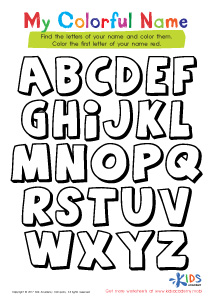Alphabet Recognition Grade 2 Alphabet Coloring Pages Worksheets
16 filtered results
-
From - To
Welcome to our Alphabet Recognition Grade 2 Coloring Pages Worksheets! Designed to engage young learners, these printable worksheets help second graders enhance their alphabet recognition skills in a fun and creative way. Each unique coloring page features letters accompanied by playful illustrations, encouraging kids to identify and practice each letter while expressing their artistic abilities. This hands-on approach not only solidifies letter recognition but also fosters fine motor skills. Perfect for classroom activities or at-home learning, these worksheets make mastering the alphabet enjoyable. Download now and watch your child thrive in their reading and writing journey!
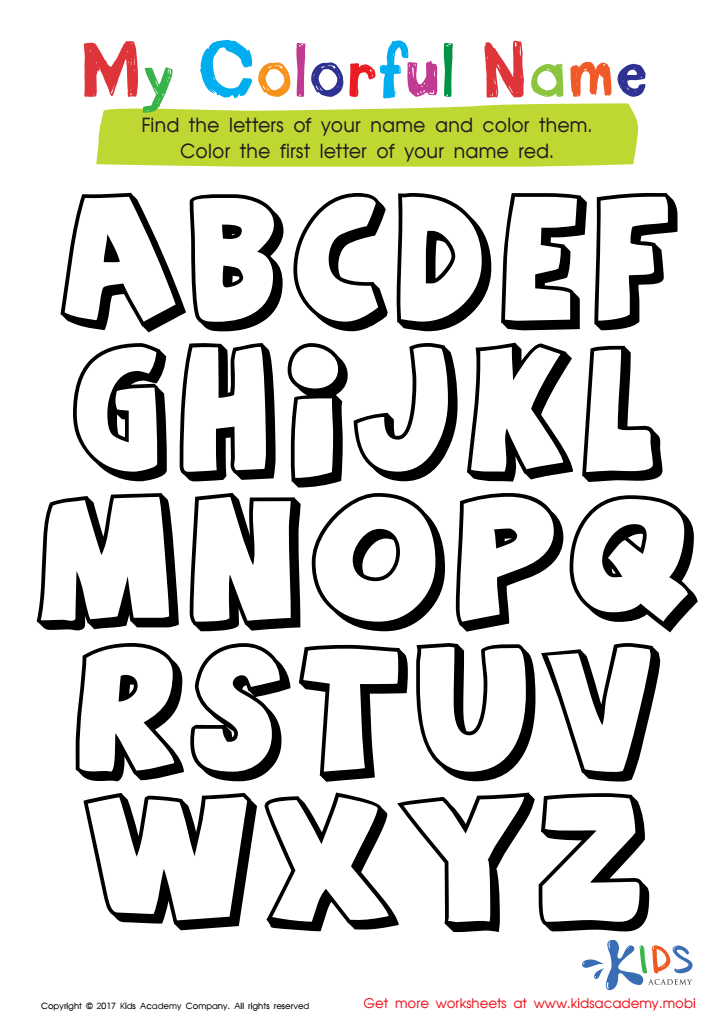

My Colorful Name Worksheet
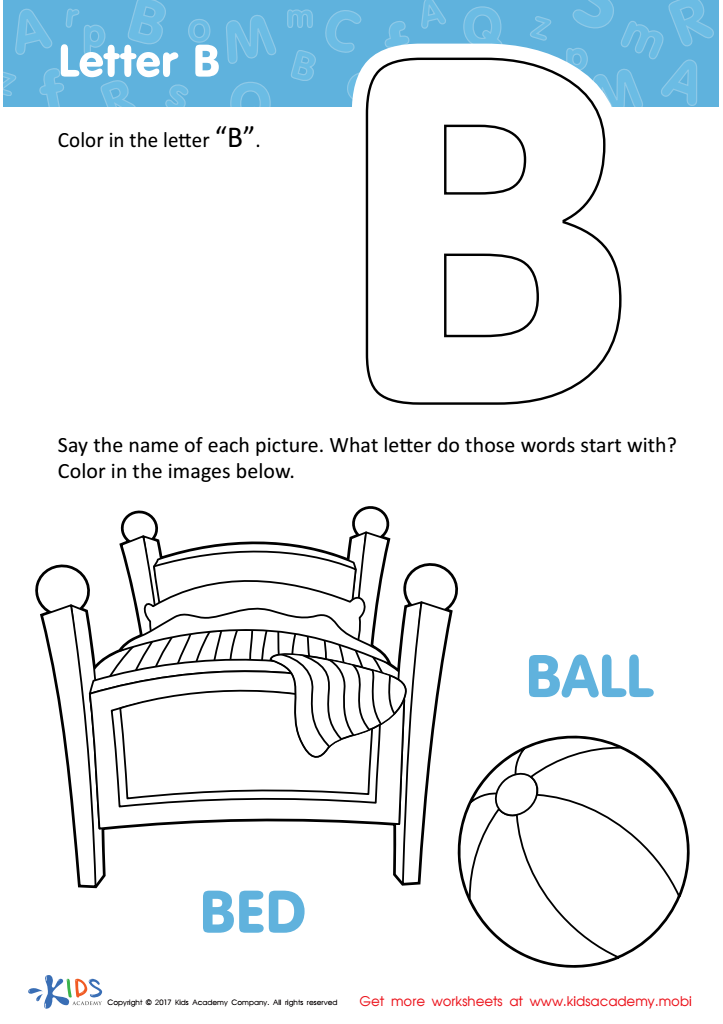

Letter B Coloring Sheet
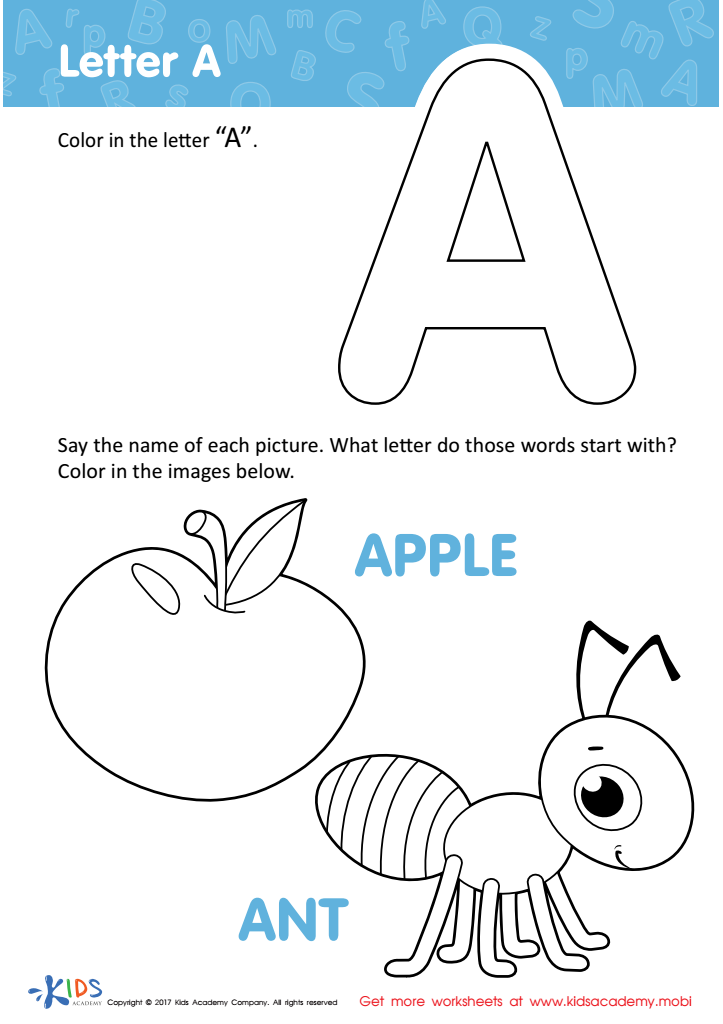

Letter A Coloring Sheet


Letter T Coloring Sheet


Letter M Coloring Sheet
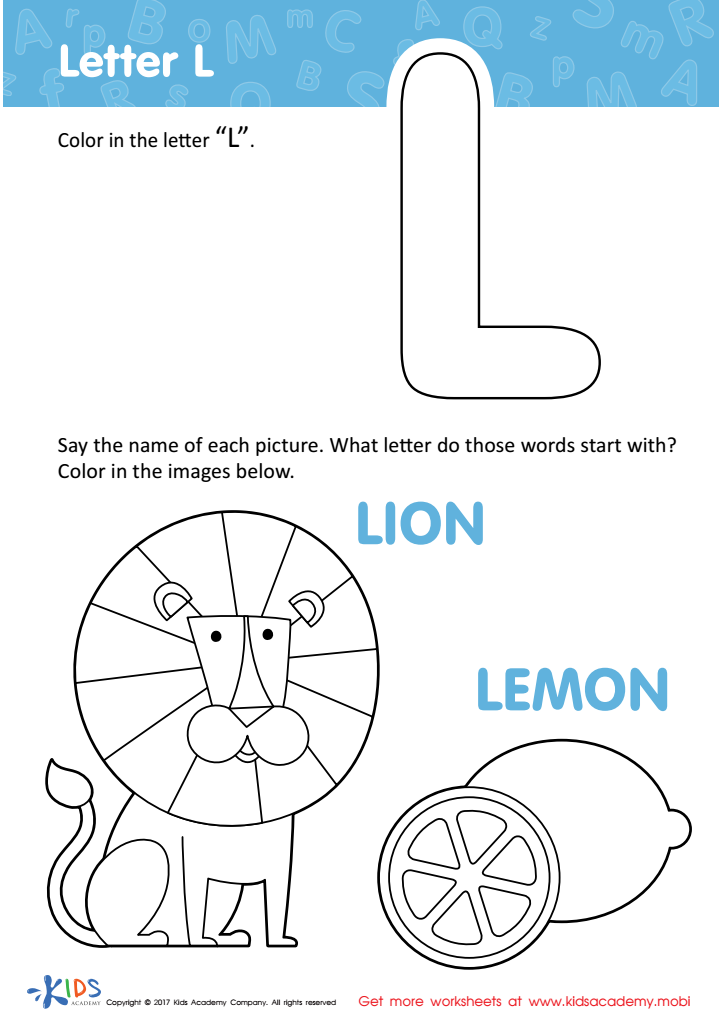

Letter L Coloring Sheet
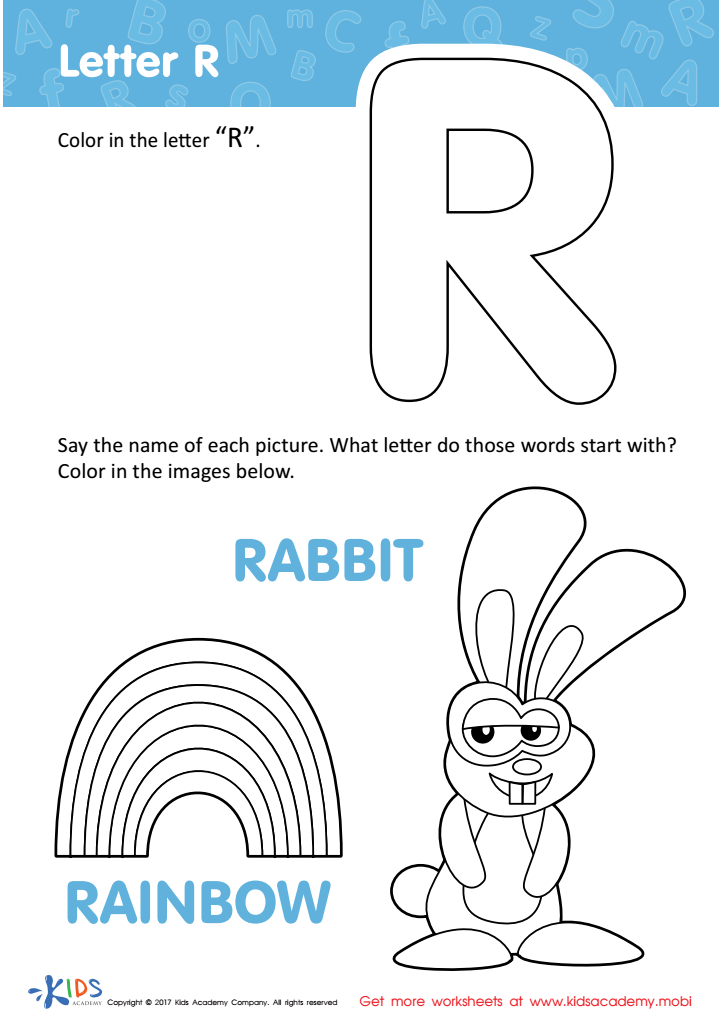

Letter R Coloring Sheet


Letter V Coloring Sheet
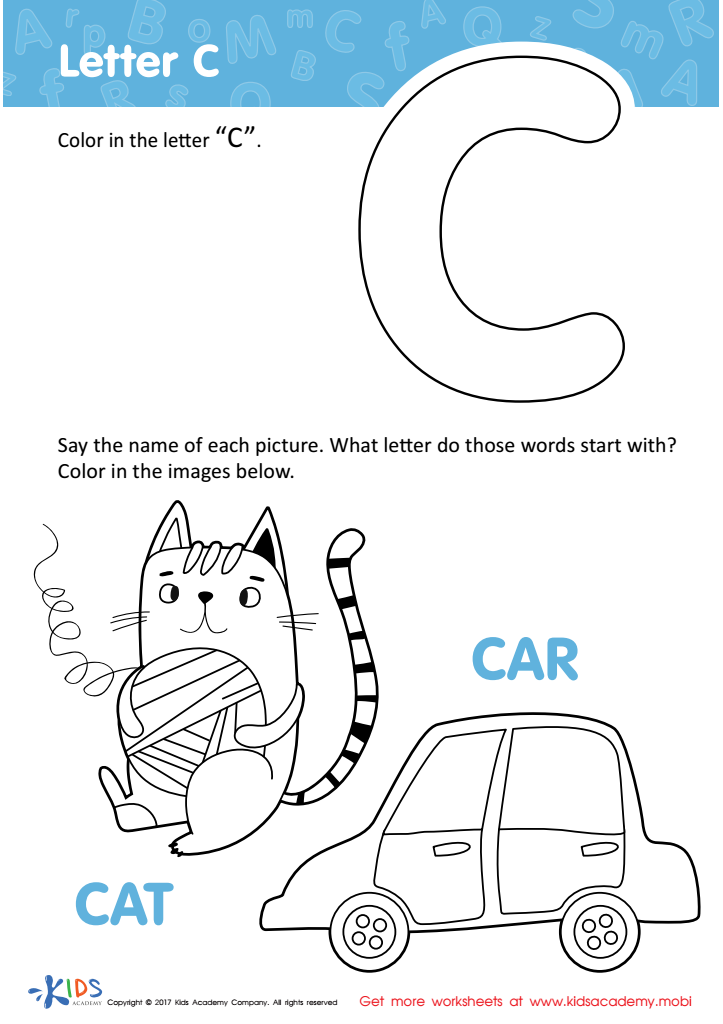

Letter C Coloring Sheet


Letter D Coloring Sheet
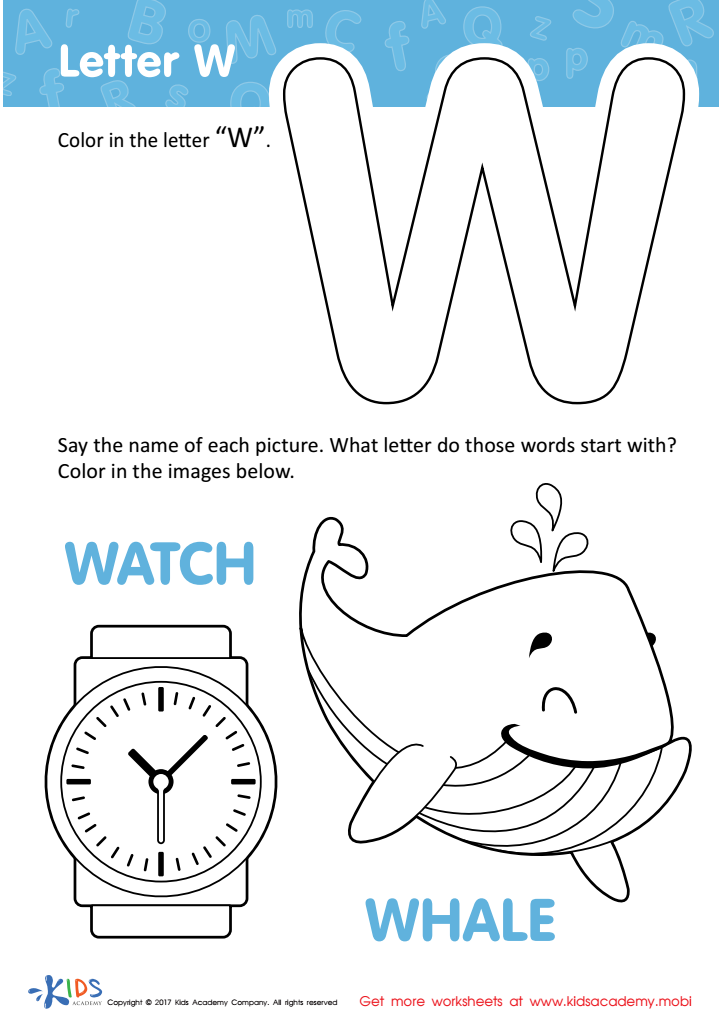

Letter W Coloring Sheet
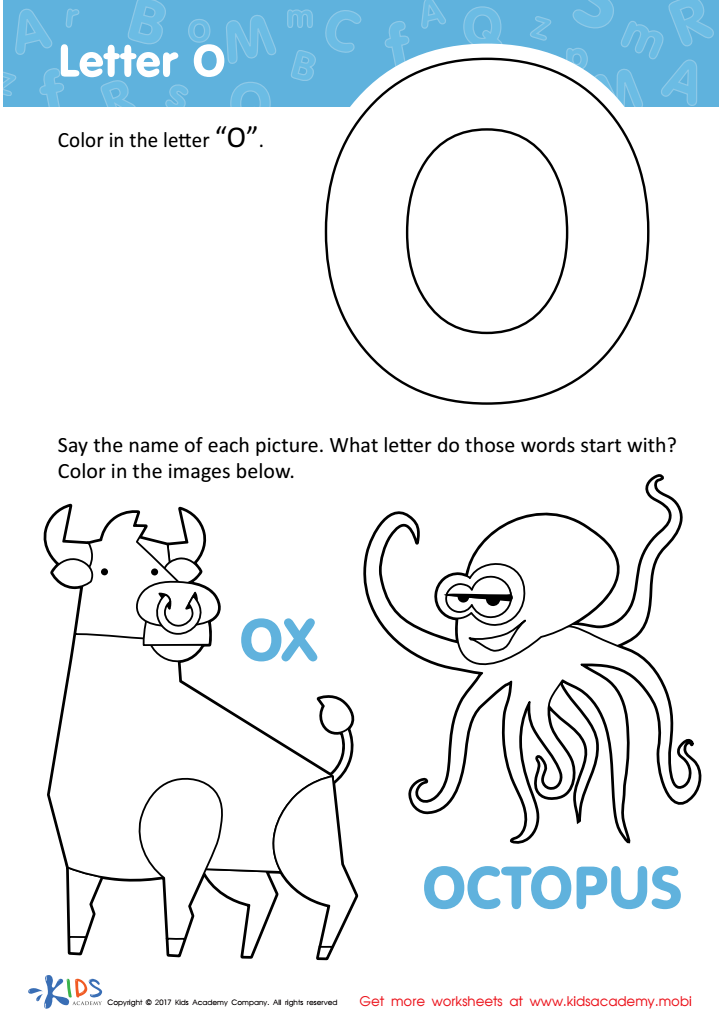

Letter O Coloring Sheet
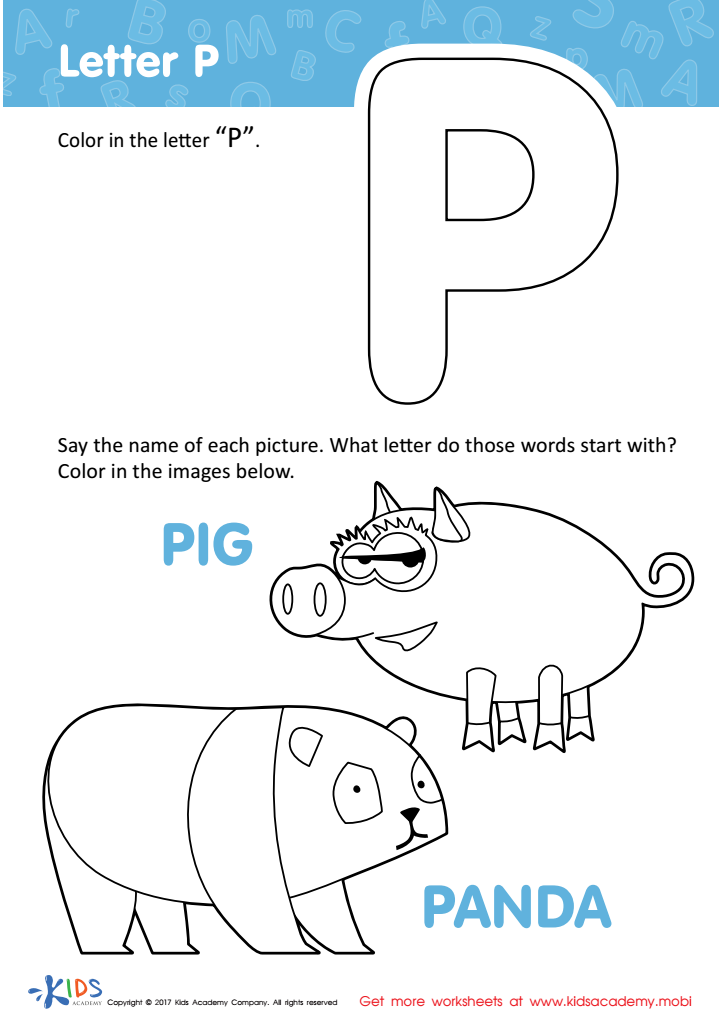

Letter P Coloring Sheet


Letter H Coloring Sheet
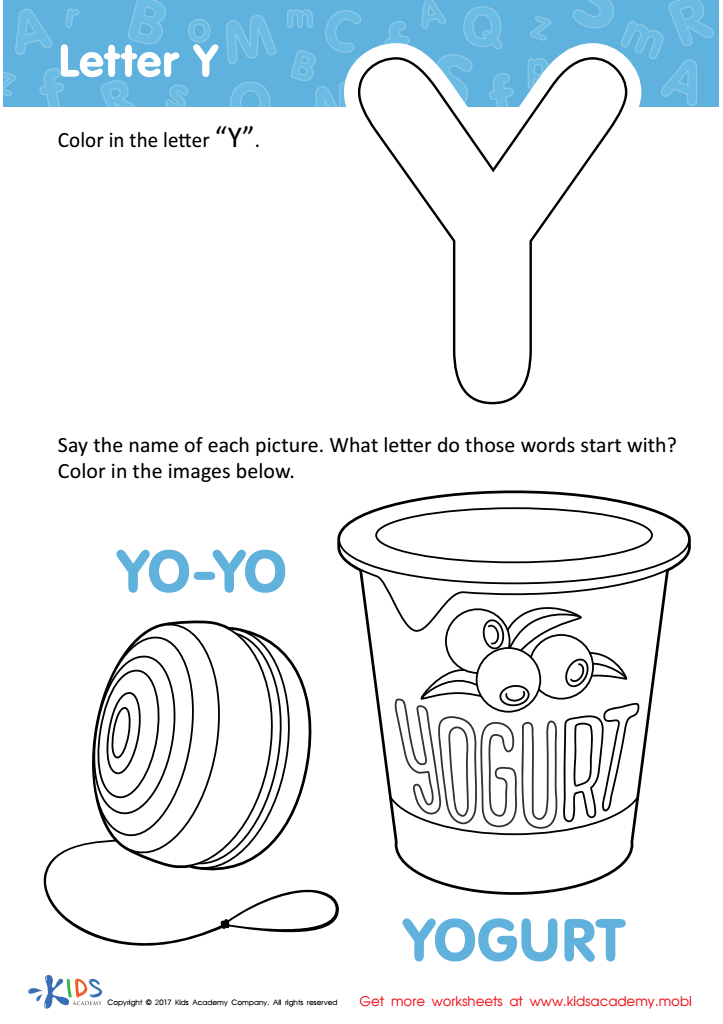

Letter Y Coloring Sheet
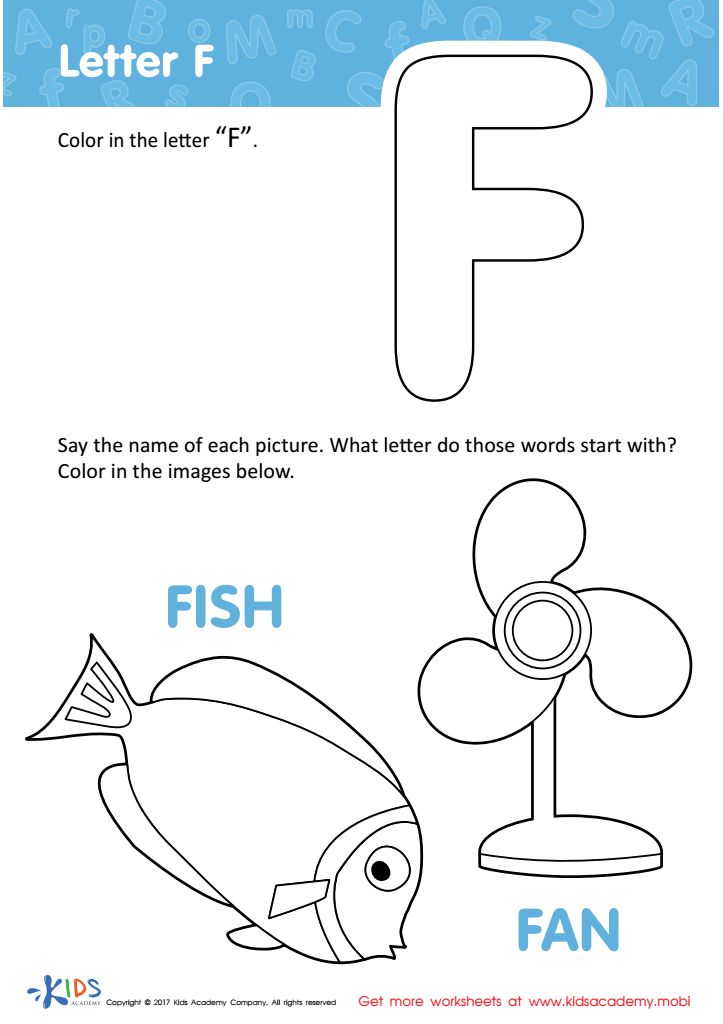

Letter F Coloring Sheet
Alphabet recognition is fundamental for early literacy development, and Grade 2 Alphabet Coloring Pages can play a vital role in this process. Parents and teachers should prioritize these activities for several compelling reasons.
Firstly, coloring pages engage children visually and creatively, making the learning process enjoyable. As kids color letters, they develop fine motor skills, which are crucial for writing and drawing. Second, these pages can reinforce letter recognition through repetition; familiarity with shapes and sounds of letters aids in memory consolidation. Engaging with letters in a fun way helps children associate them with words and sounds, building a strong foundation for reading.
Additionally, Alphabet Coloring Pages support various learning styles. Visual learners benefit from the colors and images, while kinesthetic learners gain from the physical act of coloring. These pages can be integrated into lessons or used as supplementary materials, allowing for flexible teaching methods.
Finally, parents can use these coloring pages at home to create a supportive learning environment. Spending quality time coloring together fosters communication and encourages questions about letters and words. Overall, Alphabet Recognition through Coloring Pages not only enhances literacy skills but also strengthens the bond between children and adults during the learning journey.
 Assign to My Students
Assign to My Students







